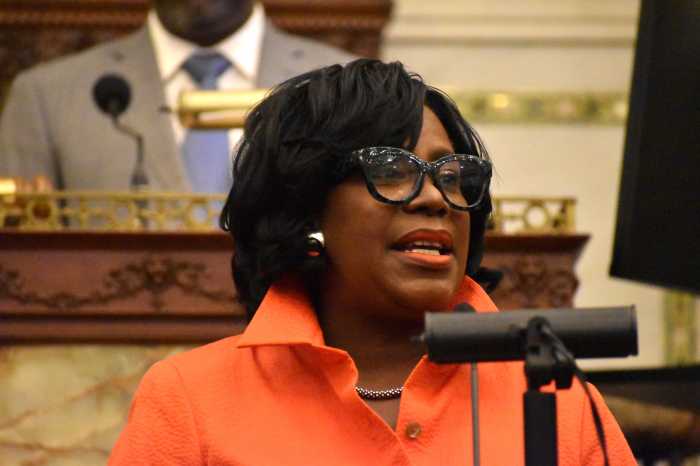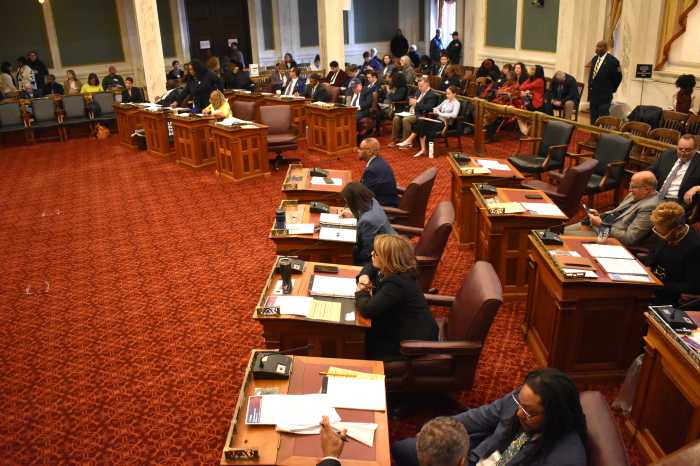America is dealing with a housing crisis and major cities, like Philadelphia, have continued to feel the effects of an inaccessible and expensive housing market. The term “housing crisis” has been in the popular lexicon for years, but what exactly is a housing crisis?
According to Jill Naamane, the Director of Financial Markets and Community Investment with US Government Accountability, what a housing crisis “boils down to is more demand than there is supply for affordable units of housing. It’s very complicated and expensive to build, in particular, units of housing that are affordable.”
She went on to explain that developers have different sources of funding ranging from “federal grants, private loans, state funding, and local funding,” but then have to find a way to physically build homes that can be sold or rented for a profit while remaining affordable.
There are many variables that play into the creation of affordable housing. Dawud Bey, a real estate developer specializing in affordable housing and market rate developments explained some of its challenges. Highlighting that “there’s a lot of research that needs to be done and the margins are very small. So the research that you need to do is just to make sure that you have the least amount of problems as possible.”
Bey focused on the importance of “understanding the income qualifications of these various neighborhoods and understanding how to bring your price points to fit that average median income of that particular neighborhood.”
Analyzing income
According to the US Census, the median household income for Philadelphia as a whole is $57,537, however — the specific median household income throughout Philly varies greatly by neighborhood. Some neighborhoods around Center City have median income figures above $100,000 and some parts of North and West Philadelphia are below $35,000.
Qualifications for affordable housing don’t just affect developers, they also affect the people who are seeking affordable housing. For example, the Philadelphia Division of Housing and Community Development has seven different housing programs ranging from the Philly First Home project, which helps homeowners purchase their first home, to the Eviction Diversion Program. The income requirements for eligibility in these programs range from $37,290 to $123,600 for a 3-person household in Philadelphia.
There are different standards of what “affordable” means depending on where you are and what you need. A Pew Trust study showed that 48.9% of households in Philadelphia spend at least 30% of their income on rent, making them “cost burdened.”
Vacant properties
One of the issues that permeates the housing discussion in Philadelphia is the large amount of vacant houses and buildings throughout the city. Figures fluctuate on the number of vacant homes in Philadelphia, a 2013 study commissioned by the city highlighted 40,000 vacant properties, more recent studies show higher numbers. Dawud Bey referenced that 40,000 figure saying, “They got 40,000 vacant properties or land lots and stuff that ain’t collecting no taxes. So that’s hurting us.”
Stephanie Sena, the anti-poverty fellow at Villanova University, Charles Widger School of Law, reiterated Bey’s point: “I like to say that we don’t have a housing crisis, we have a priority crisis because we do have vacant houses.” Of those 40,000 properties, it’s estimated that 10,000 are publicly owned and the Philadelphia Housing Development controls 5,000.
“If the Philadelphia Housing Authority were to fill those vacant houses that they own, we would reduce homelessness by over 10% just overnight,” said Sena. “That’s not to mention all of the vacant houses that are owned by equity firms—equity firms own almost one out of every four houses in Philadelphia.”
A Pew Trust study from 2021 states that in Philadelphia “roughly 73% of landlords own only one or two units, accounting for 18% of all rental units in the city; most own only one. Only 2% of landlords have more than 25 units. But as a group, these large landlords own more than half of the city’s rental units.”
Unhoused population
One of the indicators of a housing crisis is a large unhoused population. The Philadelphia Office of Homeless Services reported that in 2022 their Continuum of Care (CoC) serviced 17,693 people and during their single day point-in time count of Philadelphia’s homeless identified 4,489 people.
“We will never solve this problem in Philadelphia or in the country unless we really have a serious conversation about the commodification of housing and land,” says Sena. “Housing in the marketplace under capitalism is becoming a luxury item for those who are wealthy and more and more people are falling into homelessness.”
In the 2023 Philadelphia Budget, Homeless Services was allocated $68.9 million, which is roughly 1.1% of the city’s total budget.
The housing crisis in Philadelphia is a multi-faceted problem that is dictated by market forces, labor and resource costs, legislation, and bureaucracy. According to Bey, the Philadelphia Building Industry Association is on pace to build “30,000 houses in the next four or five years.”
Bey continued “I just think it’s important that developers understand when they’re coming into the space of affordable housing that you gotta be part of the cause. The goal and the purpose is to really build 30,000 houses within the next 4 to 5 years. There’s a lot of work that has to be done.”

‘Housing For All’ is a two-year project in which Metro Philadelphia will investigate the city’s affordable housing crisis. It is made possible by The Lenfest Institute for Journalism’s Philadelphia Local News Sustainability Initiative grant.


























